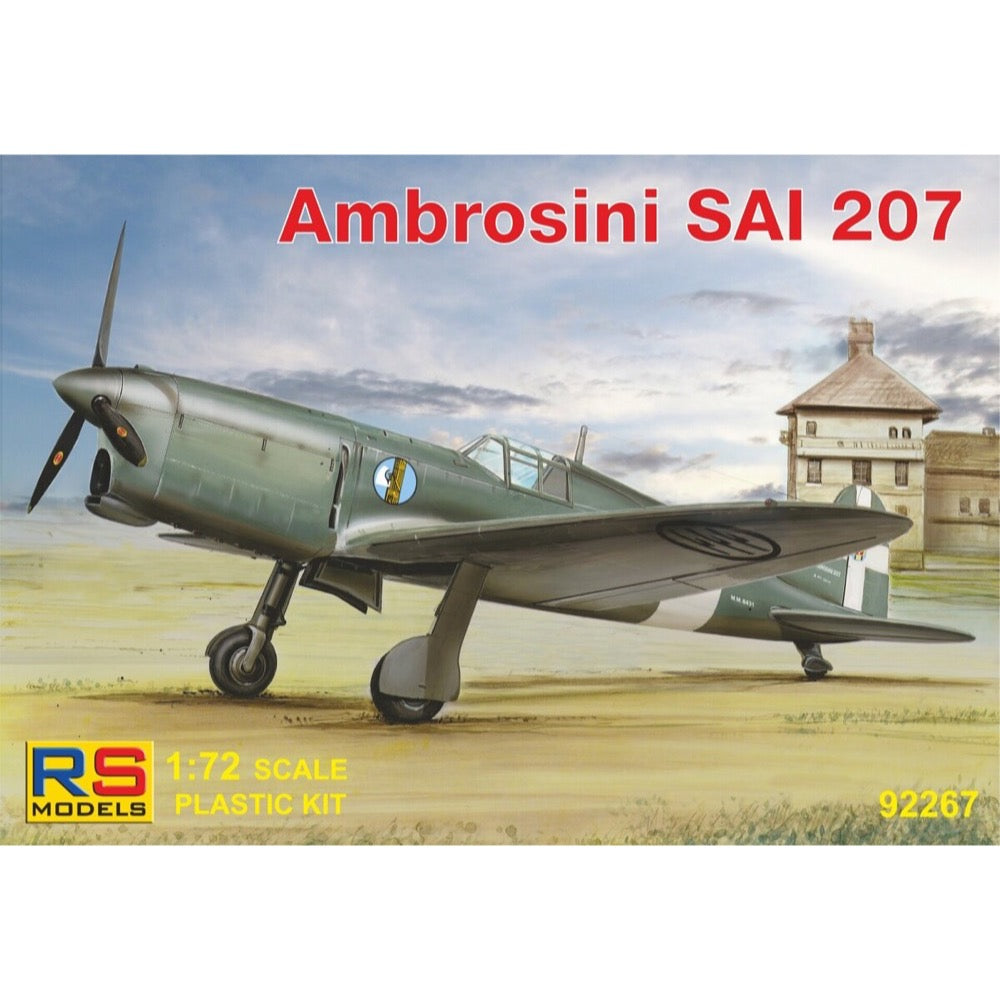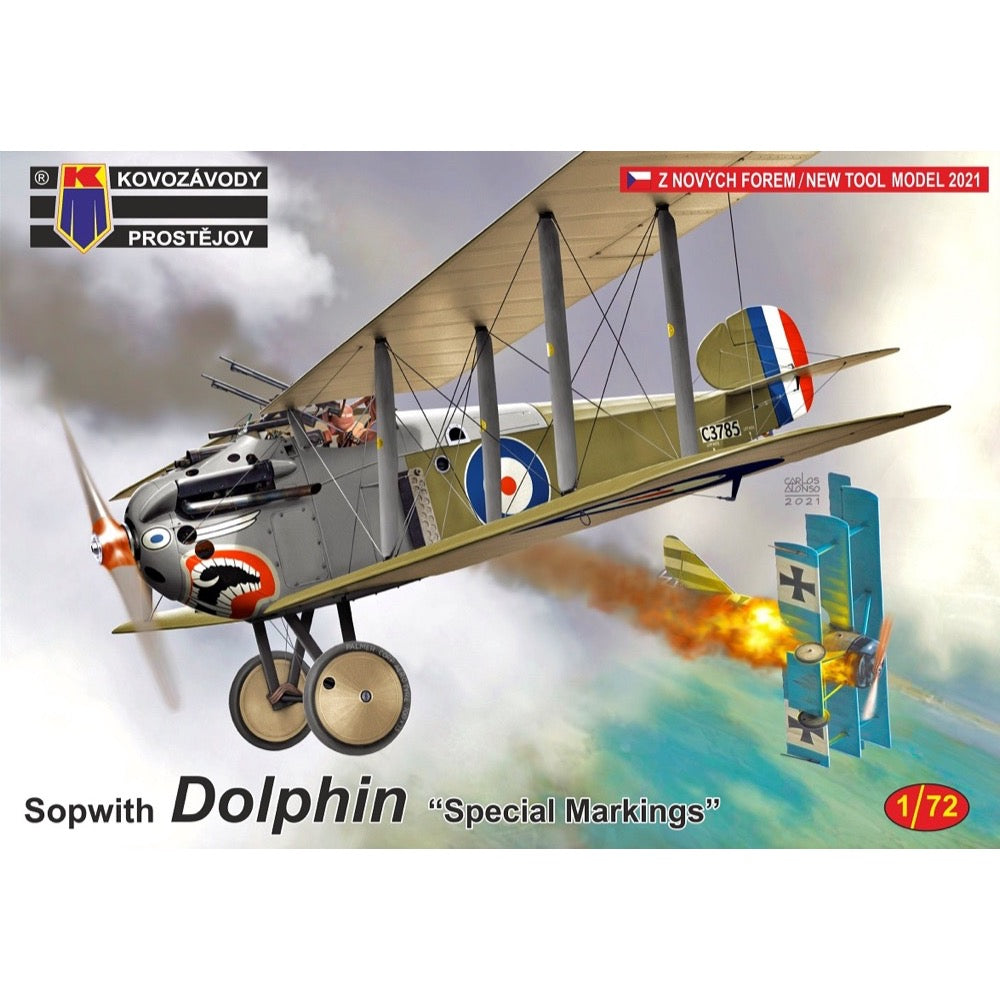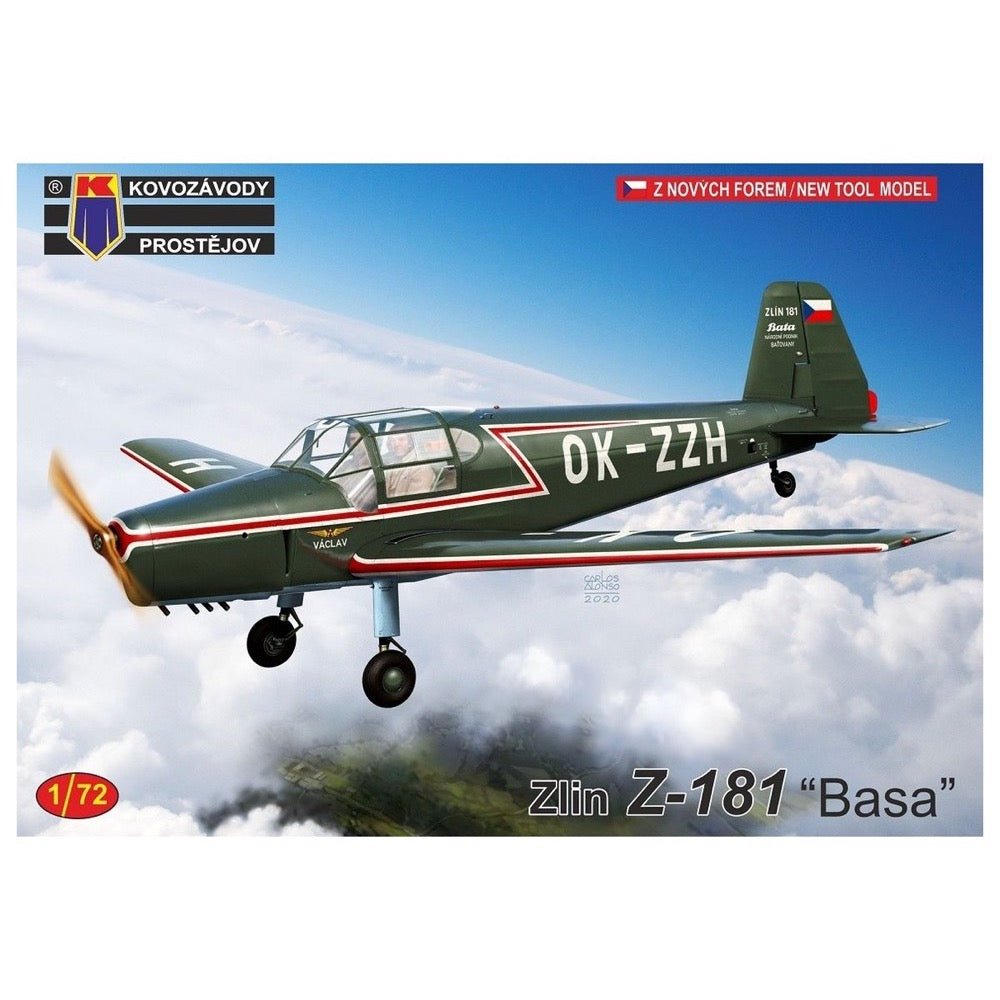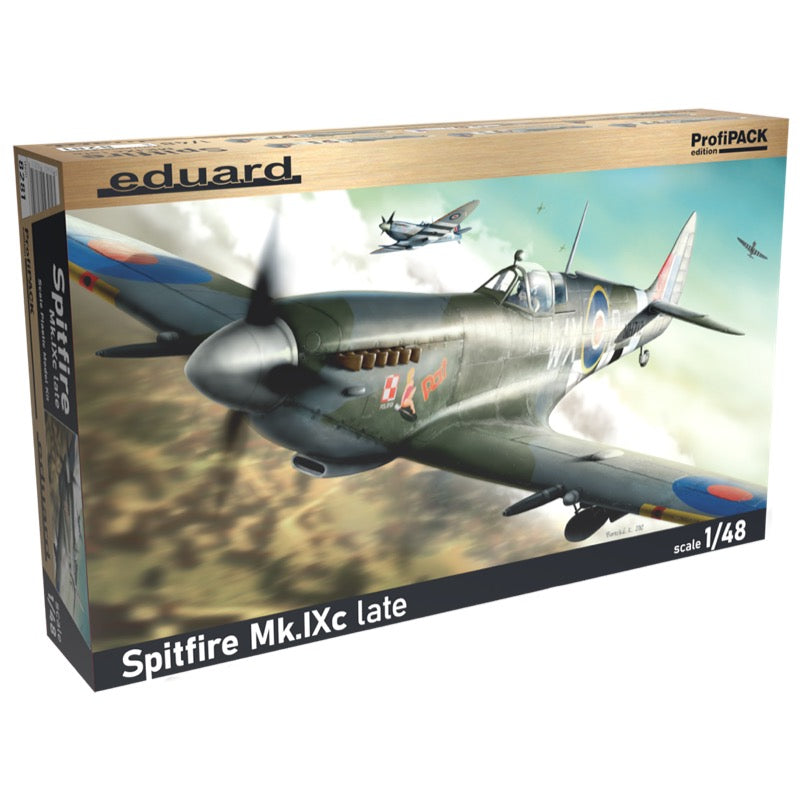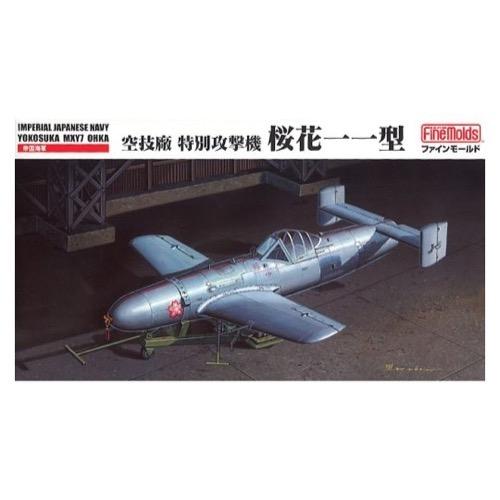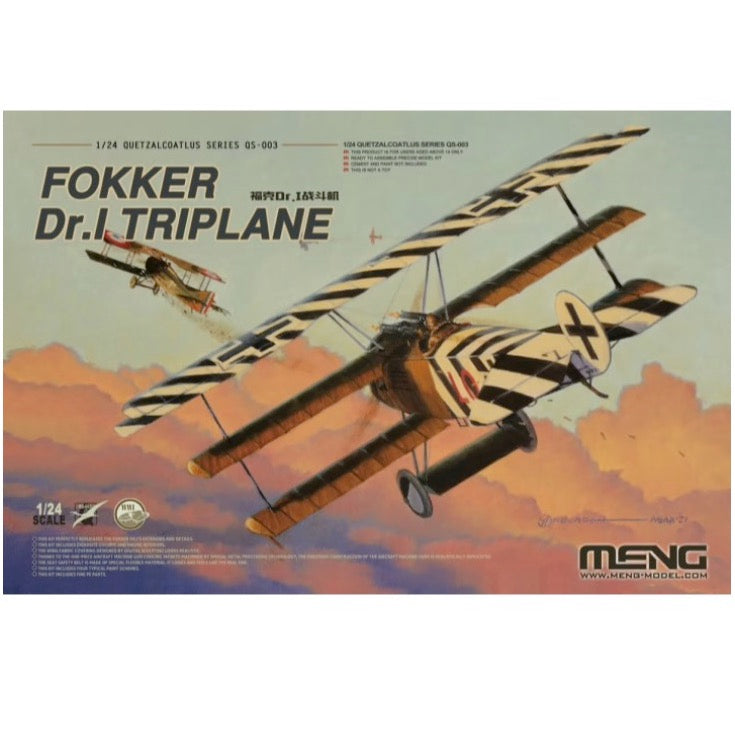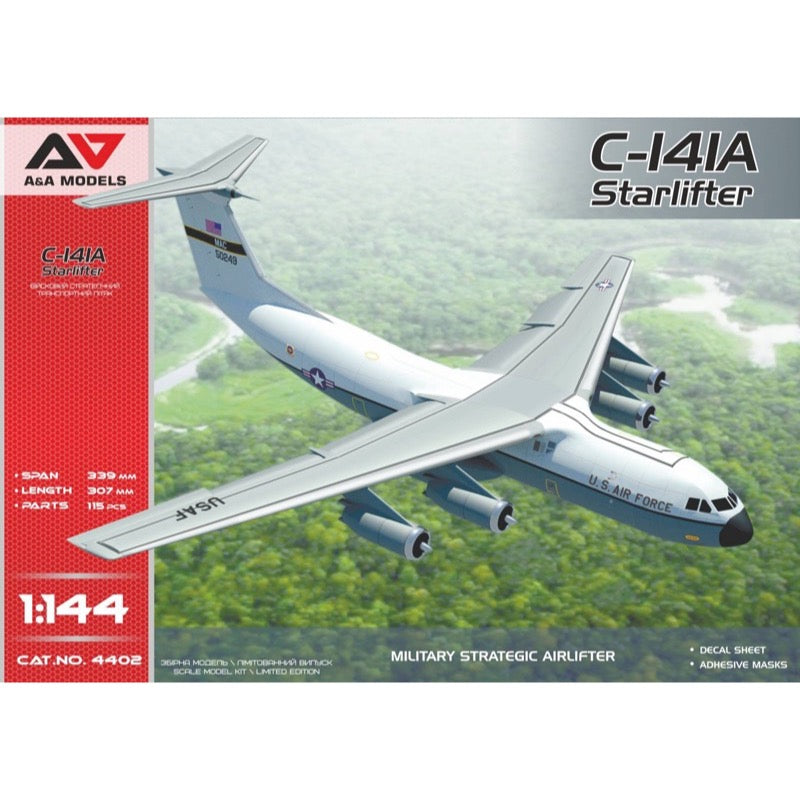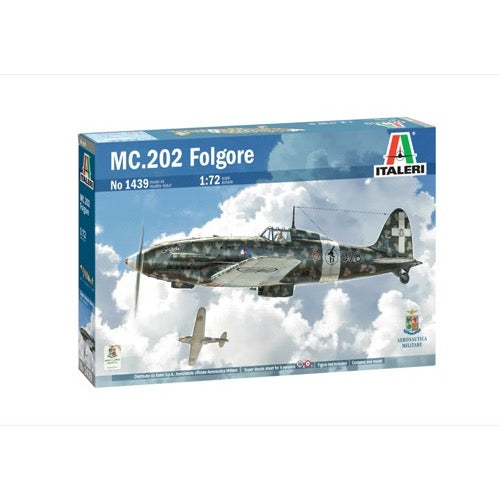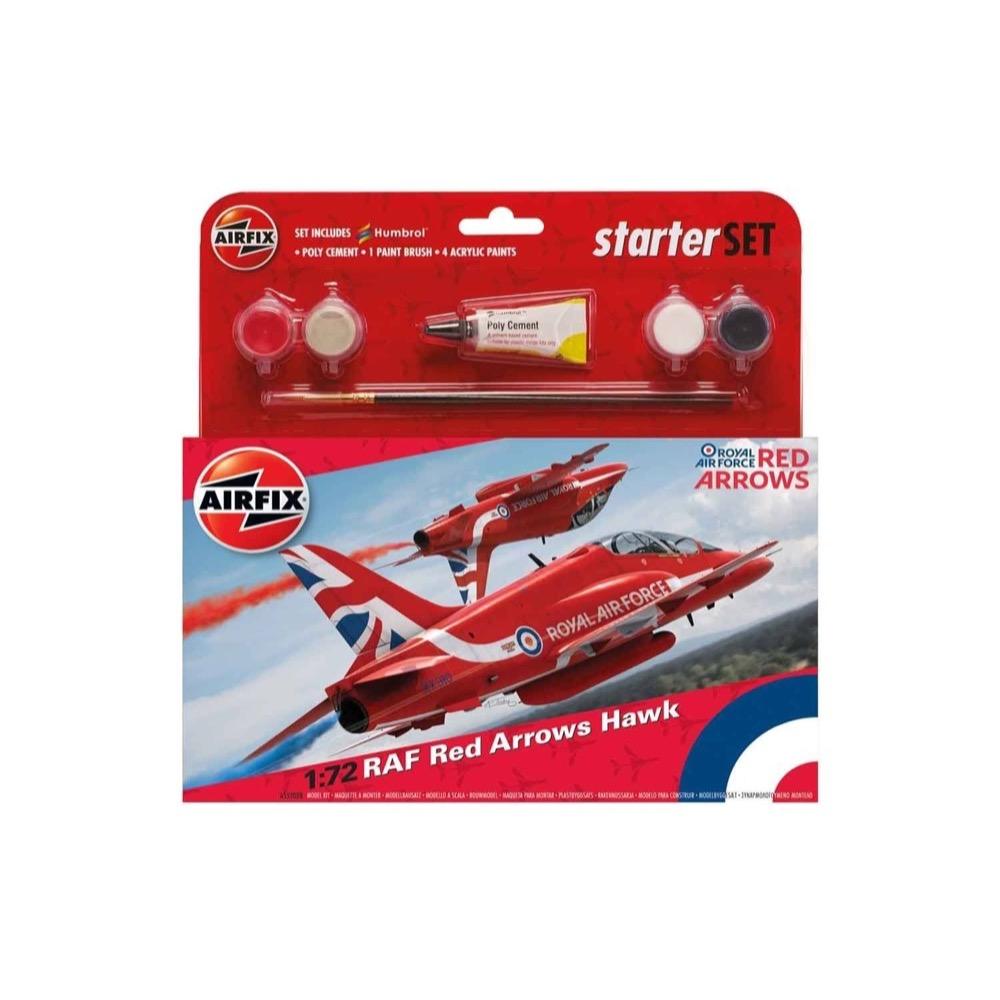
Airfix A55202C 1/72 Medium Starter Set RAF Red Arrows Hawk
14.00
$
<p>The dual control BAe Hawk T. Mk.1 is the RAF's advanced trainer and has been used by the Red Arrows since 1979. The aircraft is essentially the same as those flown by RAF Advanced Training Students with the exception of the smoke generators and a slightly uprated engine giving a faster response time to changes of power setting.</p>
<p>The RAF Red Arrows name and logo are trademarks of the UK Secretary of State for Defense and used under license.</p>
<h4>Includes</h4>
<ul>
<li>Sprues</li>
<li>Decals</li>
<li>Paints</li>
<li>Glue</li>
<li>Brush</li>
</ul>
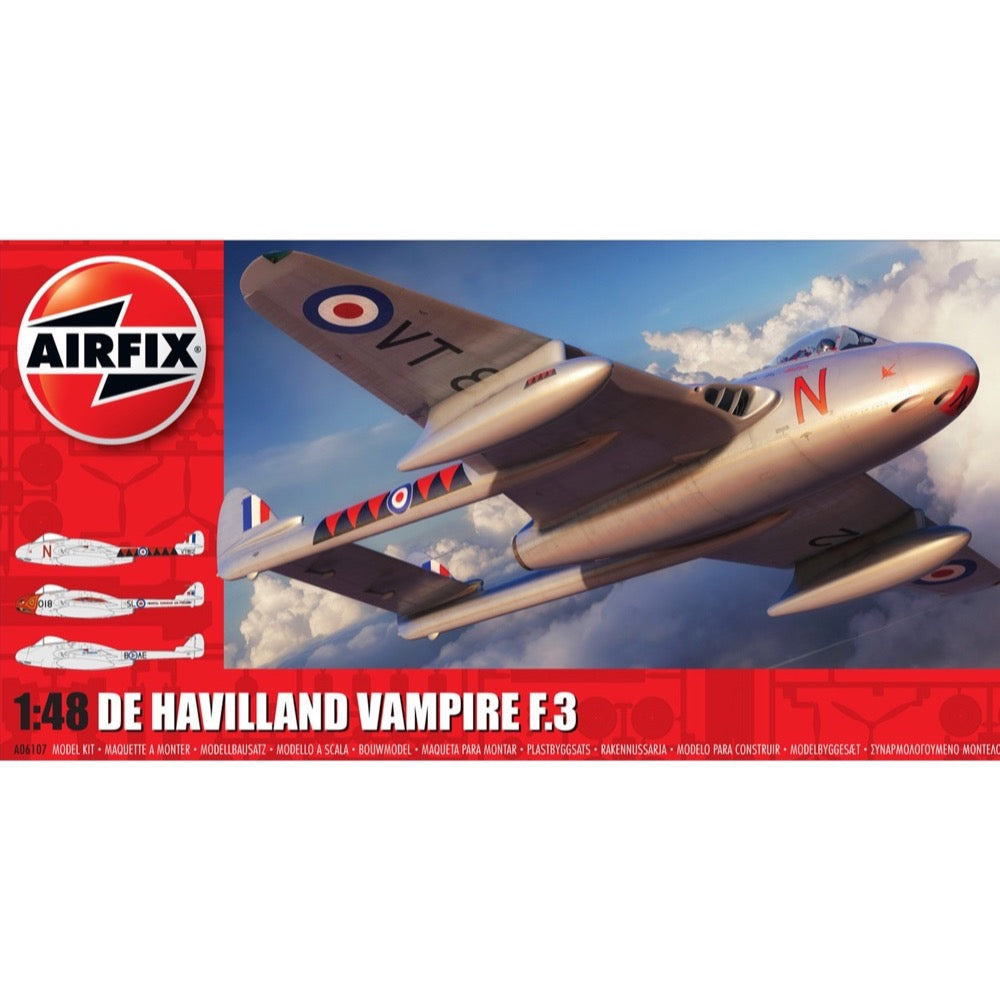
Airfix A06107 1/48 de Havilland Vampire F.3
29.00
$
<h3>de Havilland Vampire F.3</h3>
<p>The Vampire F.Mk.I entered Royal Air Force service in March 1946, to be followed by the revised and more capable F.3 just two years later. The Vampire was also the first RAF aircraft to exceed 500 mph, with the extra range of the F.3 allowing this to be the first jet fighter to cross the Atlantic.</p>
<ul>
<li>1:48 Scale</li>
<li>Highly Detailed Model</li>
</ul>
<p>With the magnificent de Havilland Mosquito only just entering Royal Air Force service towards the end of 1941, designers at the company were next asked to turn their attentions to developing a new jet engine, one which was capable of powering a new generation of high speed fighter aircraft. Entrusted to the brilliant mind of engine designer Frank Halford, he was determined that his engine would be less complicated and of simpler design than the one being developed by his rival, Frank Whittle and he was ready to test his engine by April 1942. Showing great promise and producing the intended level of thrust, the only thing to do now was to see how it performed in the air.</p>
<p>At a time when jet engine technology was still in its infancy and these early engines were both a little lacking in power and slow to respond to power input commands, de Havilland's decision to produce their first jet aircraft as a single engined design was a brave one and placed great faith in the performance of their new jet engine. The diminutive new aircraft was initially designated de Havilland DH.100 'Spider Crab', with this codename used to mask the secret nature of the aircraft's development. Constructed around the new de Havilland Goblin 1 turbojet, the aircraft featured a relatively short, egg shaped central fuselage nacelle and employed a unique twin-boom tail configuration for control stability which allowed the engine'â„¢s thrust to egress directly from the central fuselage. With a requirement to take the pressure off the wartime aviation industry, this experimental aircraft had to be constructed of both wood and metal and it is interesting to note that the majority of the fuselage employed the same laminated plywood construction the company had perfected during Mosquito production.</p>
<p>Unfortunately for the de Havilland team working on the new jet, their Mosquito was proving to be such a war winner that this experimental project was deemed of lesser importance than producing Mosquitos, probably rightly so for Britain's war effort. To rub salt into this aviation wound, the first flight of the aircraft would be further delayed for an unbelievable reason - the only serviceable jet engine was ordered to be sent to America to help with the advancement of their own jet powered project. Mosquito production priority and a series of unforeseen delays eventually dictated that the Gloster Meteor's development outpaced that of its de Havilland competitor, with the Meteor taking the honour of being Britain's first jet aircraft to enter service and the only Allied jet of WWII.</p>
<p>Making its first flight on 20th September 1943, de Havilland DH.100 'Spider Crab' LZ548/G took off from the company's Hatfield airfield in the hands of chief test pilot Geoffrey de Havilland Jr. Interestingly, the 'G' used in the identification code highlights the secret nature of the project and required that the aircraft must be guarded at all times whilst on the ground. This first flight lasted just over 30 minutes, during which time the aircraft exceeded 400mph and showed great promise, however, it would be April 1945 before a production aircraft would take to the air, by which time the new jet fighter had been christened the Vampire. Despite its protracted development, Britain's second jet fighter to enter service would prove to be something of a classic and is now regarded as one of the most successful early jet aircraft in the world.</p>
<p>The Vampire F.Mk.I entered Royal Air Force service in March 1946, to be followed by the revised and more capable F.3 just two years later. The Vampire F.3 was basically a longer range version of its predecessor, featuring increased internal fuel capacity and the ability to carry two external fuel tanks. This latest variant also differed visually, in that it incorporated taller and more rounded vertical stabilisers, a lowered horizontal stabiliser and distinctive 'acorn' fairings at the base of each vertical stabiliser. Although this was still relatively new technology, de Havilland cleverly designed the aircraft to be simple to maintain and operate, earning the aircraft an enviable reputation for reliability amongst air and ground crews alike and allowing more pilots to safely make the transition to jet powered flight. </p>
<p>With a number of significant firsts to its name, the Vampire was the first RAF aircraft to exceed 500 mph, with the extra range of the F.3 allowing this to be the first jet fighter to cross the Atlantic. The Vampire F.3's of No.32 Squadron were also the first RAF jet fighters to be deployed outside Northwest Europe and the first to operate in the higher temperatures of the Mediterranean. Without doubt, the de Havilland Vampire has to be considered one of the most important early jet fighters in the world.</p>
<h4>Includes</h4>
<ul>
<li>Sprues</li>
<li>Decals</li>
</ul>
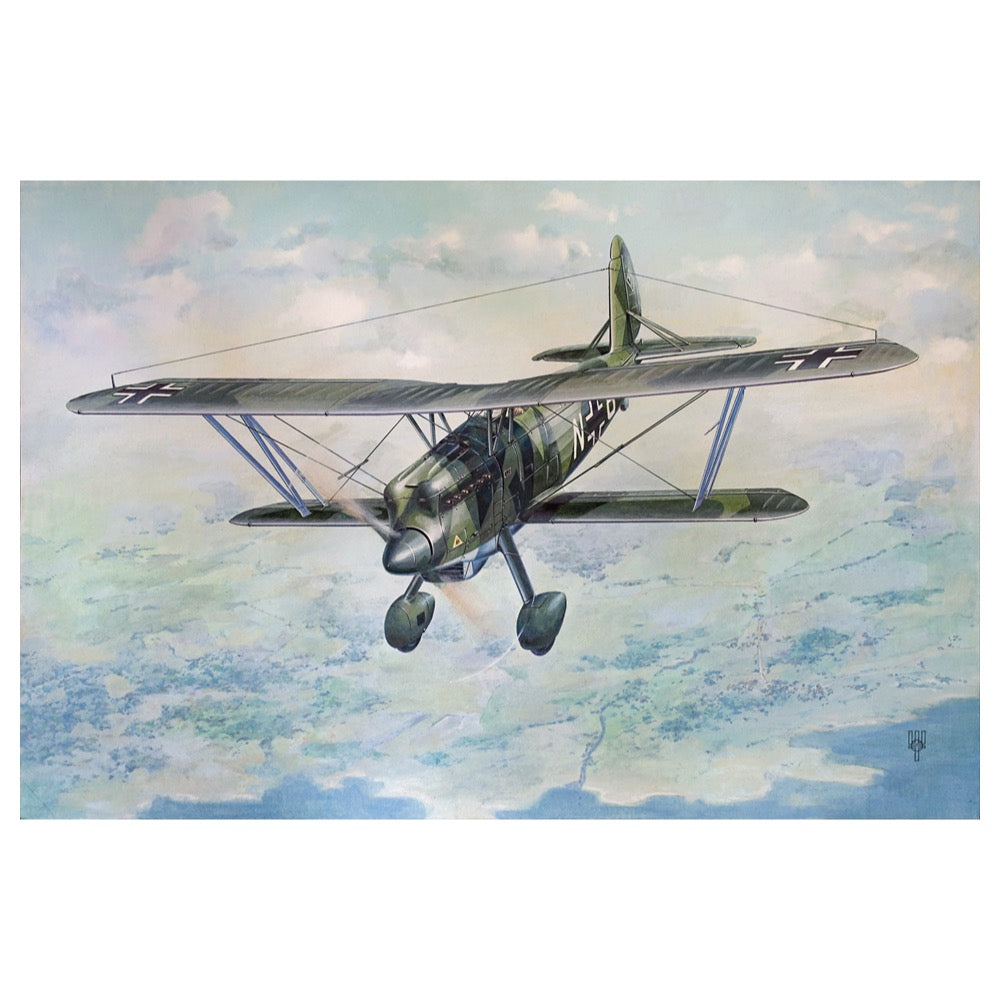
Roden 454 1/48 Arado Ar 68F
21.00
$
<p>In the mid-1930s, Germany began a program of rapid rearmament with the latest types of military equipment. This was especially true in aviation, as from 1919 until the early 1930s the country was prohibited from having military aircraft under the terms of the Treaty of Versailles. Numerous technical developments, which were mostly worked on in secret during the bans, were now converted into prototypes in a short period of time and, after testing, immediately put into production and then transferred directly to the military.</p>
<p>The 1930s were still a transitional stage in aviation technology. All-metal monoplane designs, which Germany was the first to use during the First World War in the battles on the Western Front, were still exotic and unusual to see even more than 10 years later in a wide variety of aircraft categories. This era was the "golden age" of biplanes, which, although passing through their twilight years, were nonetheless considered more reliable and therefore more acceptable to the typically conservative military leaders.</p>
<p>In 1935, when the famous He 51 biplane fighter was already tested and proven, another aircraft appeared, purposed for the same role and structurally similar, the Arado Ar 68. Despite the fact that in comparative testing of the two types, the development from Arado displayed better performance, the military still showed a preference for the He 51 and soon it joined the ranks of the Luftwaffe in large numbers. Nevertheless, the newly appointed Chief Inspector of Fighter Aviation and famous ace of the First World War, Ernst Udet, insisted to his longtime comrade and Luftwaffe commander, Hermann Goering, that the Arado design should also reach military units. He was confident in the excellent qualities of the aircraft and believed that for a trained pilot, this fighter would be superior to all other types.</p>
<p>Even during the aircraft's development, its designers provided a measure of standardization in areas of its design, which permitted the installation of several different types of engines. The BMW VI-7.3Z engine was chosen to modify the Arado Ar 68F. Compared to the E variant of the Arado Ar 68, which had a Jumo 210E engine, flight performance decreased slightly, but at that time the military leadership was generally satisfied and soon the Arado Ar 68F was being built in limited numbers.</p>
<p>These aircraft were already considered obsolete when they were delivered to the Luftwaffe and they were mainly transferred to training units, as then the famous Bf 109 was imminent, and it would surpass all previous developments. Nevertheless, the Arado Ar 68F was used not only as an aircraft for the training of novice pilots, but also in combat, mainly in secondary theaters, where the probability of a duel with a strong enemy was minimal. Some machines of this version were still in service in 1941, when the era of these archaic biplanes was coming to an end.</p>



